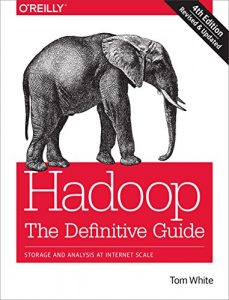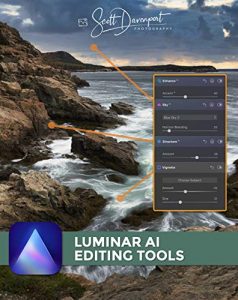Mastering Webpack Configuration: Essential Reads for Frontend Developers
As developers, we continually strive to optimize our applications, and mastering tools like Webpack is vital for streamlining the development process. Webpack transforms your project structure, enabling efficient asset management and loading. For those eager to dive deeper into JavaScript frameworks and configurations, several enlightening reads stand out.
This blog post delves into two must-have books that equip you with the knowledge to leverage modern development methodologies effectively. Each title offers profound insights into configurations that can elevate your coding experience and project output.
TypeScript Configurations: Shared Code on the Frontend and Backend
If you want to understand the intricate relationship between TypeScript configurations and Webpack setups, look no further than TypeScript Configurations: Shared Code on the Frontend and Backend. Priced at just $6.99, this book is a goldmine for developers seeking to improve code reusability across different environments. The author explores concepts such as creating shared libraries for both frontend and backend applications, which aligns perfectly with the modular architecture that Webpack advocates. With practical examples and a clear approach, this guide will empower you to harness TypeScript effectively, ensuring your projects are maintainable and scalable. Achieving proficiency in Webpack alongside TypeScript will undoubtedly enhance your development workflow, making this book a must-have for anyone serious about modern web development.
React.js Complete Guide To Server-Side Rendering (Front-end development Book 1)
Another remarkable title to consider is React.js Complete Guide To Server-Side Rendering (Front-end development Book 1), available for $7.99. This book takes you through the essentials of rendering React applications on the server side, which is where Webpack comes into play. By learning server-side rendering, you can drastically improve your site’s efficiency and SEO performance. The author skillfully explains the technical requirements and configurations necessary to implement SSR, supported by real-world scenarios that demonstrate the value of Webpack in bundling and optimizing your assets for faster load times. All in all, this book will not only deepen your understanding of SSR with React but also clarify the role of tools like Webpack in achieving optimal application performance.






































